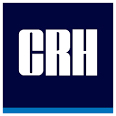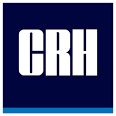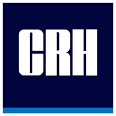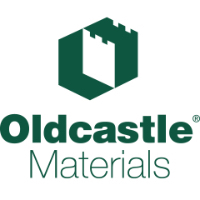Title Page
-
Site conducted
-
Conducted on
-
Prepared by
Untitled Page
1.0 Training Program (Safety / Training Department)
-
Does the site have an authorized mobile equipment operator training? 1910.178(l)(6)
-
Does the site have a new hire training for mobile equipment safety?
-
Has the site conducted observations of every qualified driver at least once every 3 years? 1910.178(l)(4)(iii)
-
Does the site enforce re-training requirements for all employees? 1910.178(l)(4)(i)
-
There is a training for people who are required to change out batteries? The training incorporates all parts of 1910.178(G)
2.0 Mobile Equipment Program / Maintenance Program (General / Maintenance)
-
The site has a pre-use inspection card to be filled out every day by the operator?
-
The site has a process for taking a vehicle out of service for safety concerns?
-
There is a way other than using an open flame for checking the electolyte level in storage batteries? 1910.178(p)(5)
-
Trucks in need of electrical repairs have the batteries disconnected first?
-
Replacement parts are equivalent to safety as the original manufacturer parts?
-
No changes in relative positions of various parts are made to the vehicle without consent of the manufacturer?
-
All trucks have some identifying park indicating approval by testing laboratory?
-
The user shall see that all nameplates and markings are in place and are maintained in a legible condition. 1910.178(a)(6)
-
High Lift Rider trucks shall be fitted with an overhead guard manufactured in accordance with paragraph (a)(2) of this section, unless operating conditions do not permit.
-
Are battery charging removal and installation located in areas designated for that purpose? 1910.178(g)(1)
-
Are battery changing areas provided for flushing and nuetralizing spilled electrolyte for fire protection and for adequate ventilation
-
Reinstalled batteries are properly positioned and secured in the truck?
-
The brakes of highway trucks shall be set and wheel chocks placed under the rear wheels to prevent the trucks from rolling while they are boarded with powered industrial trucks. 1910.178(k)(1)
-
Power-operated industrial trucks shall not be used in atmospheres containing hazardous concentrations of metal dust, including aluminum, magnesium, and their commercial alloys, other metals of similarly hazardous characteristics, or in atmospheres containing carbon black, coal or coke dust except approved power-operated industrial trucks designated as EX may be used in such atmospheres.
3.0 Truck Operation (Visual Inspection)
-
The site has rules stating the following: Trucks shall not be driven up to anyone standing in front of a bench or other fixed object. 1910.178(m)(1)
-
The site has rules stating the following: No person shall be allowed to stand or pass under the elevated portion of any truck, whether loaded or empty. 1910.178(m)(2)
-
The site has rules stating the following: The employer shall prohibit arms or legs from being placed between the uprights of the mast or outside the running lines of the truck. 1910.178(m)(4)
-
A safe distance is maintained from the edge of ramps or platforms while on any elevated dock, or platform or freight car.
-
For forklifts: An overhead guard is used as protection against falling objects.
-
The site has a policy against horseplay and stunt driving? 1910.178(n)(9)
-
No smoking signs posted at diesel fill-up stations?
4.0 Employee Knowledge (Employee Questions)
-
Employees stop at all stop signs and overhead doors?
-
Employees honk at all overhead doors?
-
Drivers do not pass one another while driving the same direction or at intersections?
-
Driver slows down and sounds horn at blind spot interections or high trafficked areas? 1910.178(n)(4)
-
Employees travel a safe speed around turns? 1910.178(n)(15)
-
Employees are lifting loads within rated lifting capacity? 1910.178(o)(2)
-
Employee tilts mast backwards and only as high as needed off the ground?
-
Drivers maintain focus on the load and look straight in the direction of travel?
5.0 Documentation and Retention (Engineering / Maintenance / Safety)
-
The site has an engineering approval process for the introduction of new vehicles?
-
Modifications and additions which affect capacity and safe operation shall not be performed by the customer or user without manufacturers prior written approval. 1910.178(a)(4)
-
Training documents are retained for length of employment?











